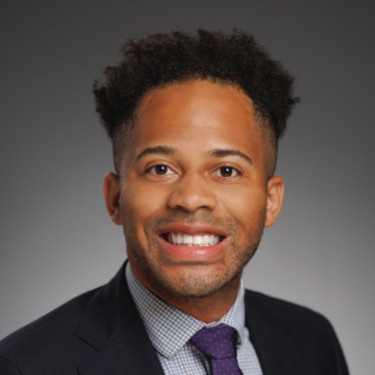An Increase in Opioid Use Disorder
Since Arianna Campbell, PA-C, first began working in medicine, in 1999, more than 932,000 people have died in the U.S. from drug overdoses. In 2020, opioids were involved in the majority of overdose deaths. She believes there have been barriers to prescribing the right medication for opioid use disorder (OUD).
“The knee-jerk reflex when we started seeing this substantial increase in overdose deaths was to pull back on opioid prescribing,” PA Campbell reflected. “We didn’t realize we had to increase our treatment for OUD in parallel and offer alternatives to people instead of cutting them off. This created a big deficit in the number of people treating OUD.”
The Mainstreaming Addiction Treatment (MAT) Act that passed in December 2022 addresses that gap in care by eliminating the “X-Waiver” barrier, which required clinicians to complete onerous registration and training in order to prescribe buprenorphine for OUD.
“It’s in the words [of the MAT] that we take [addiction] on just like we do sepsis or stroke,” PA Campbell said. “The rate of hospitalized patients dying from OUD is in the realm percentage-wise of those who are dying from heart attacks. It’s so incredibly important that we align treatment in this mainstream manner.”
Buprenorphine’s impact on the patients PA Campbell treats is a positive one. It is a partial opioid agonist that works by diminishing dependence. “They can be stabilized during opioid withdrawal and it keeps them from craving heroin, fentanyl, and oxycodone,” she said.
The impact of accessing OUD treatment also extends beyond the patients themselves: “I can think of one person I helped. When they got on medication, they stabilized their life. They stopped craving and using. They felt normal for the first time in years. They were able to get a job, establish relationships again, and take care of their kids. They bought a home.”
Treating Patients with Buprenorphine
PA Campbell started treating patients with buprenorphine in her rural ED in 2017 because “it was the right thing to do,” and she had a leadership role. She emphasized that EDs can set a standard for care. “We started with just a couple of prescribers in our community to now four clinics. When we normalize [treatment] it can really have a big impact on the community at large.” Within six weeks she had a program set up at her ED at Marshall Medical Center in Placerville, CA.
As a result of a yearly audit, PA Campbell realized people were often being treated for OUD when presenting to the ED for other reasons. “Maybe they were there for a skin infection or an abscess that’s probably related to their substance use. And I can just see heroes in my ED offering treatment, and people accepting it despite not coming in seeking treatment for their substance use disorder. We’ve maintained 80% of patients following up. It’s mind-blowing.”
PA Campbell didn’t always understand the benefits of buprenorphine. It was a community physician who proposed bringing it to her ED to initiate treatment more quickly. “It felt like this outside thing. I wasn’t educated on addiction care. I had some gracious partners who helped bring me along.”
Ultimately, her steadfast patient advocacy helped her overcome the learning curve. “Once I opened up my eyes to the scientific literature, I realized that there was so much more I could be doing. Not just for OUD, but for alcohol use disorder, for folks struggling with methamphetamine, and for my everyday practice. And the people I see in my ED are not typically tied to a system of care. It was this ‘aha!’ moment that I could really make a difference in these moments in time,” PA Campbell shared.
Expanding Access
PA Campbell expanded her addiction treatment efforts with other clinicians across California to form CA Bridge. The physician who first brought buprenorphine to her doorstep was on a two-year search for the right person to take this on. “I’m trying to bridge that gap. In the United States, more than one million people will die from an overdose by 2030. We are working so hard to lessen that [burden]. Those [deaths] are 20- and 30-year-olds, 40-year-olds. So we’re intent on bringing this to every hospital in California; 95% of all hospitals in the state are in some stage of implementation.”
Recently, PA Campbell’s work took her to Tulsa, where she was training a PA on how to implement the use of buprenorphine in their ED. “I meet wonderful PA leaders across the country. Without there being an ‘X-Waiver’ or any special requirement it means that when we teach people how to give this medication they can go and do it now instead of waiting and filling out confusing forms,” she said.
PAs are particularly well-positioned to make an impact due to their flexibility to practice in different settings. PA Campbell alone has practiced in emergency medicine, family medicine, rural medicine, and addiction medicine. “I’ve evaluated where there’s a lack of access in my county,” she said. “There’s one area in particular that’s so isolated due to mountain roads and I’m going to bring the treatment to them.”
Illustration by Jennifer Bogartz







